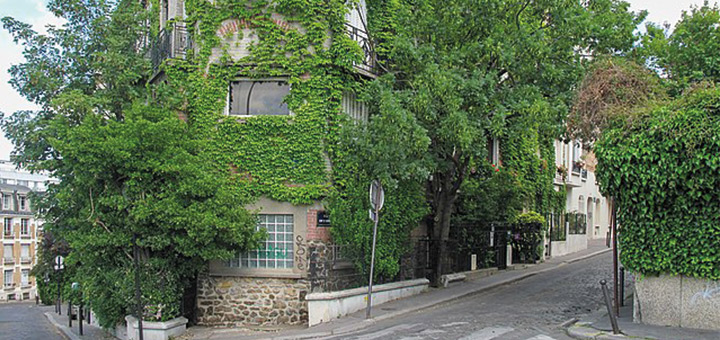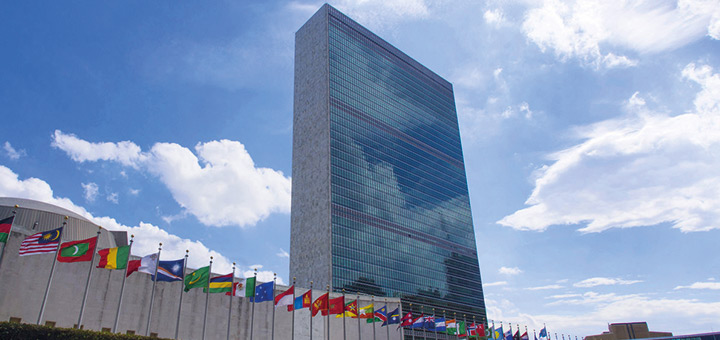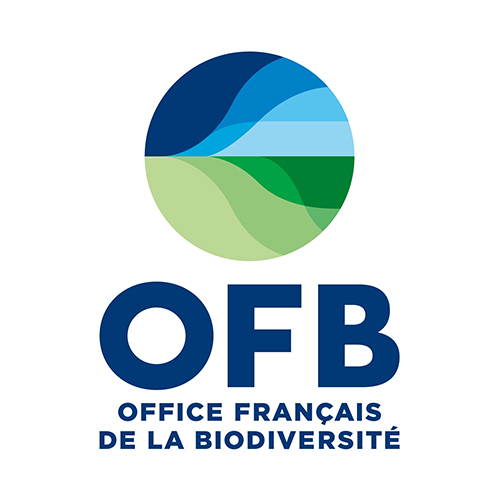Biodiversity hotspots rethought in the light of the pandemic: local government action needs to aim reconciling the preservation of spaces and species, the well-being of populations and economic development.
The first of the four webinars series was co-chaired by Ingrid Coetzee, Director of Biodiversity, Nature and Health at ICLEI, and Meriem Bouamrane, environmental economist and Head of the Ecology and Biodiversity Section of the Division of Ecological and Earth Sciences of the Man and the Biosphere (MAB) Programme, UNESCO. It brought together sixty participants around a dozen of speakers:
- researchers such as Thomas Brooks, Chief Scientist of the IUCN, Richard Weller of the University of Pennsylvania,
- representatives of local authorities such as Julia Wood of the City of Cape Town (South Africa), Barbara Camier and Jérémy Delolme of the city of Saint-François in Guadeloupe (France), Yang Bo of the province of Jeju (South Korea),
- business leaders from industrial sites such as James Spalding, former Director of the Itaipu Dam site for the Paragay
- international organizations stakeholders such as Jyoti Hosagrahar, Deputy Director of UNESCO's World Heritage Centre (video).
The theme of this webinar was the contribution of sub-national governments, cities and other local authorities to the protection, management or restoration of territories of outstanding nature - i.e. all areas subject to protection or so-called Other Effective Area Conservation Measures (OECMs). Three conclusions emerged from the discussions:
- The transformation of our lifestyles caused by Covid 19 pandemic invites us to rethink our relationship with nature and the way we look at these protected areas. They are now seen by sub-national governments as important places for their economic development - especially tourism - and the well-being of their population.
- Conversely, human use of these areas, when properly regulated, is an asset for their protection as well as for their species conservation.
- Although classification and protection decisions are sometimes taken at the international level with States’ support, the speakers - local elected representatives, researchers and UNESCO representatives - have stressed the need for strong involvement of sub-national governments for the effective implementation and full success of protection measures in the short, medium and long term.
Webinar program
Webinar with interpretation



GMT+2
GMT+2
GMT+2
A global picture of the role and involvement of subnational governments, in the designation of protected areas or the implementation of OECMs

|
Jyoti Hosagrahar - Deputy Director - World Heritage Centre, Culture Sector, UNESCO [pre-recorded video] |

|
Meriem Bouamrane - Environmental economist, Chief of Section on research and policy on biodiversity - Division of Ecological and Earth Sciences, Man and the Biosphere programme, UNESCO |
GMT+2
How to reconcile the preservation of these exceptional sites and urban development ?

|
Richard Weller - Meyerson Chair of Urbanism - Weitzman School of Design at the University of Pennsylvania |

|
Barbara Camier - Elected representative in charge of the preservation of the natural heritage and the embellishment of the territory - Saint François, Guadeloupe |

|
Jérémy Delolme - Ecologist and Coordinator of the conservation plan for the Pointe des Châteaux as part of the Opération Grand Site - Saint François, Guadeloupe |

|
Julia Wood - Head of Biodiversity Management - City of Cape Town |
GMT+2
Conciliating conservation and economic activity

|
James Spalding Hellmers - Founding Member - Initiatives for the Future of Great Rivers |

|
Yangbo Kim - Head of the Environmental Conservation Bureau - Jeju Special Self-Governing Province, South Korea |
GMT+2
Conclusions
DON’T MISS A MOMENT
- 00:00 - Introduction : Cyrille Barnerias (OFB)
- 02:52 - Introduction : Stéphanie Lux (Chances Conseil)
- 13:17 - Keynote Speech : Thomas Brooks (IUCN)
- 35:28 - Video : Jyoti Hosagrahar (UNESCO)
- 47:48 - Presentation : Meriem Bouamrane (UNESCO)
- 1:05:54 - Presentation : Richard Weller (Weitzman School of Design)
- 1:30:52 - Presentation : Jeremy Delolme & Barbara Camier (City of Saint-François, Guadeloupe)
- 1:51:30 - Presentation : Julia Wood (City of Cape Town)
- 2:04:46 - Presentation : James Spalding Hellmers (Initiative for the Future of Great Rivers)
- 2:19:25 - Presentation : Yang Bo Kim (Jeju Island)
Resources
Webinar partners
Other webinars

LOCAL ACTION FOR PRODUCTIVE LANDSCAPE: Achieving shared prosperity within the limits of Earth's living systems

LOCAL ACTION FOR URBAN NATURE: Creating resilient and resource-efficient communities












